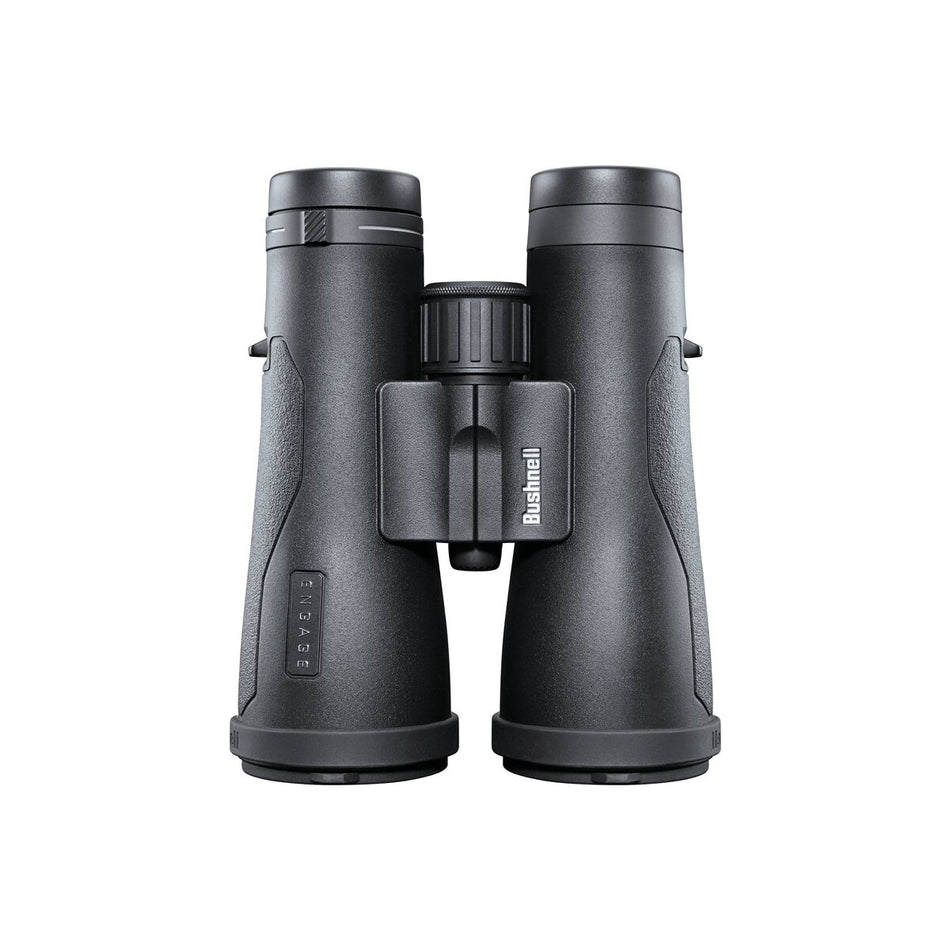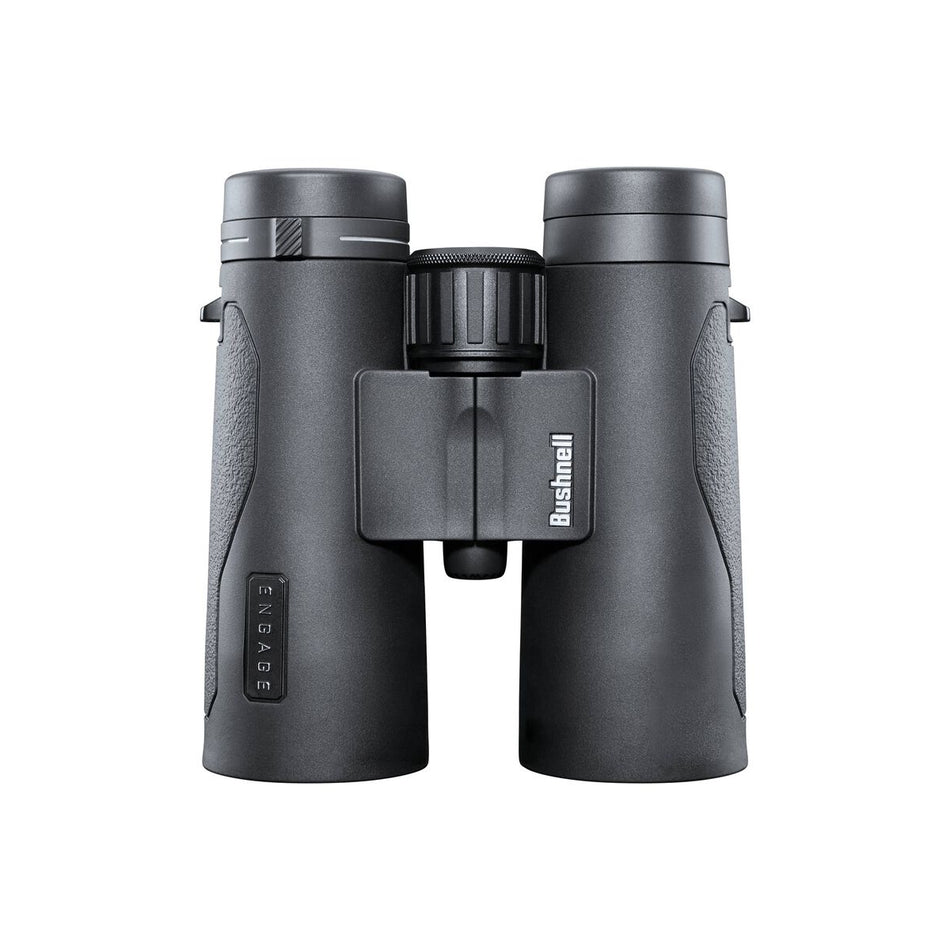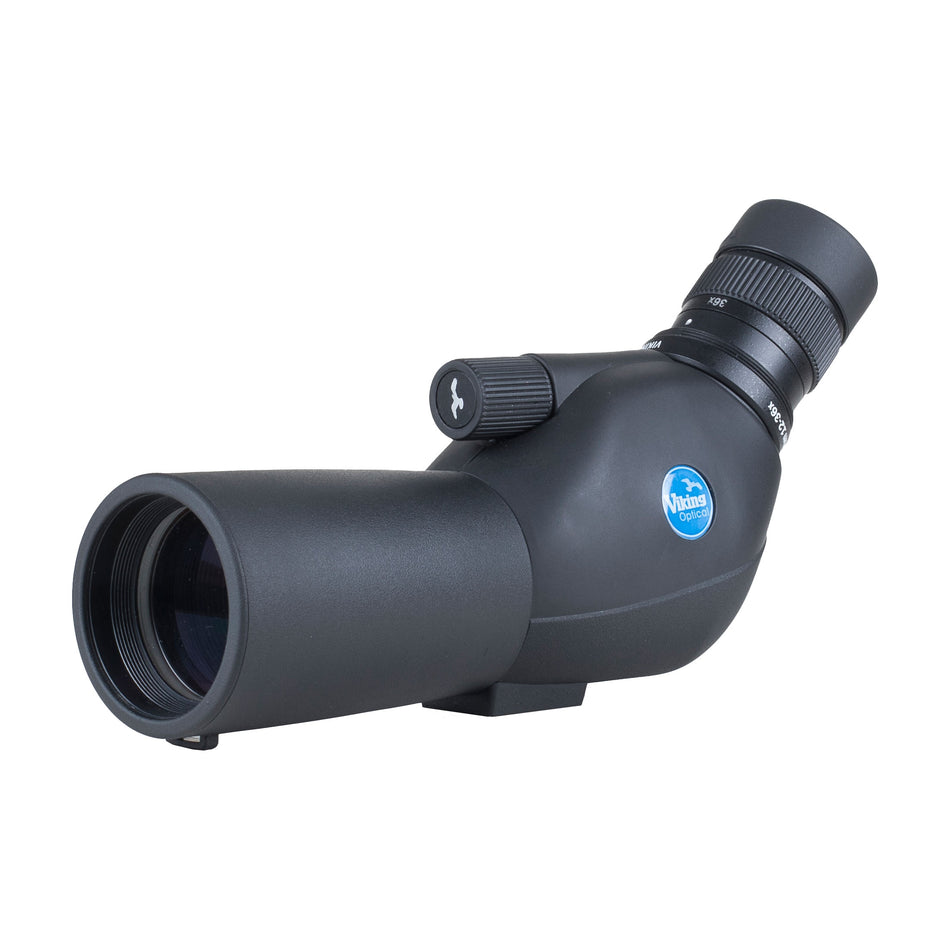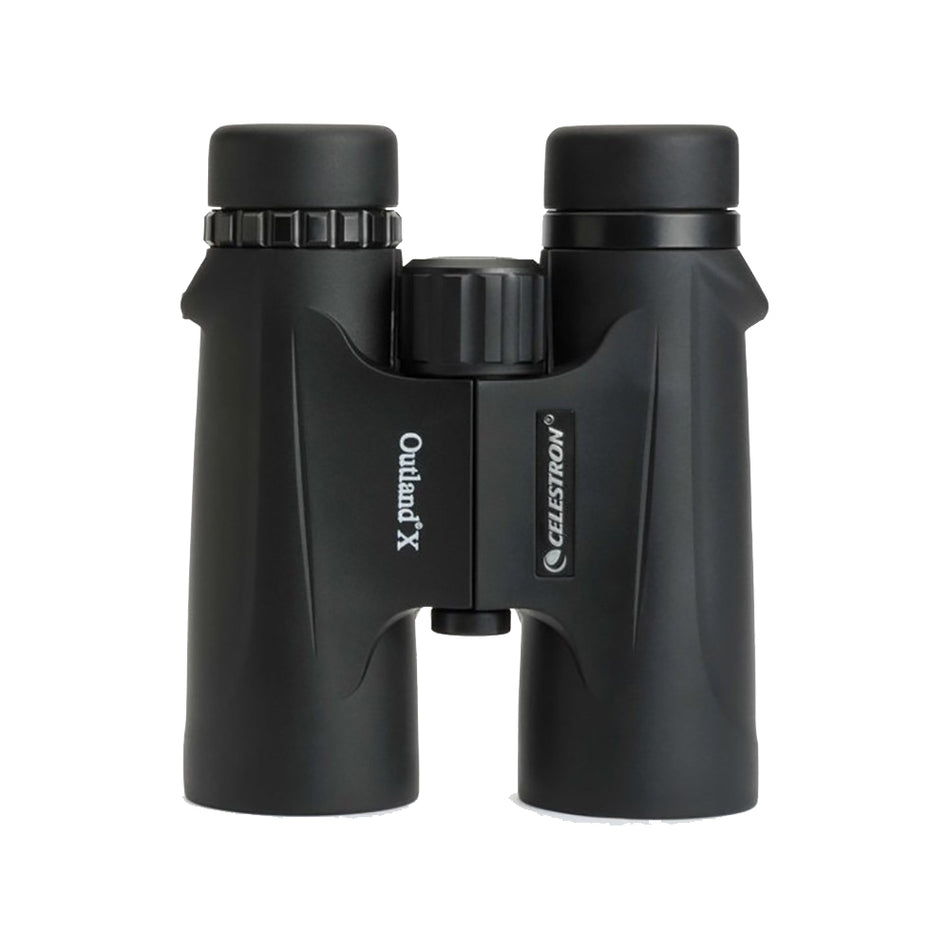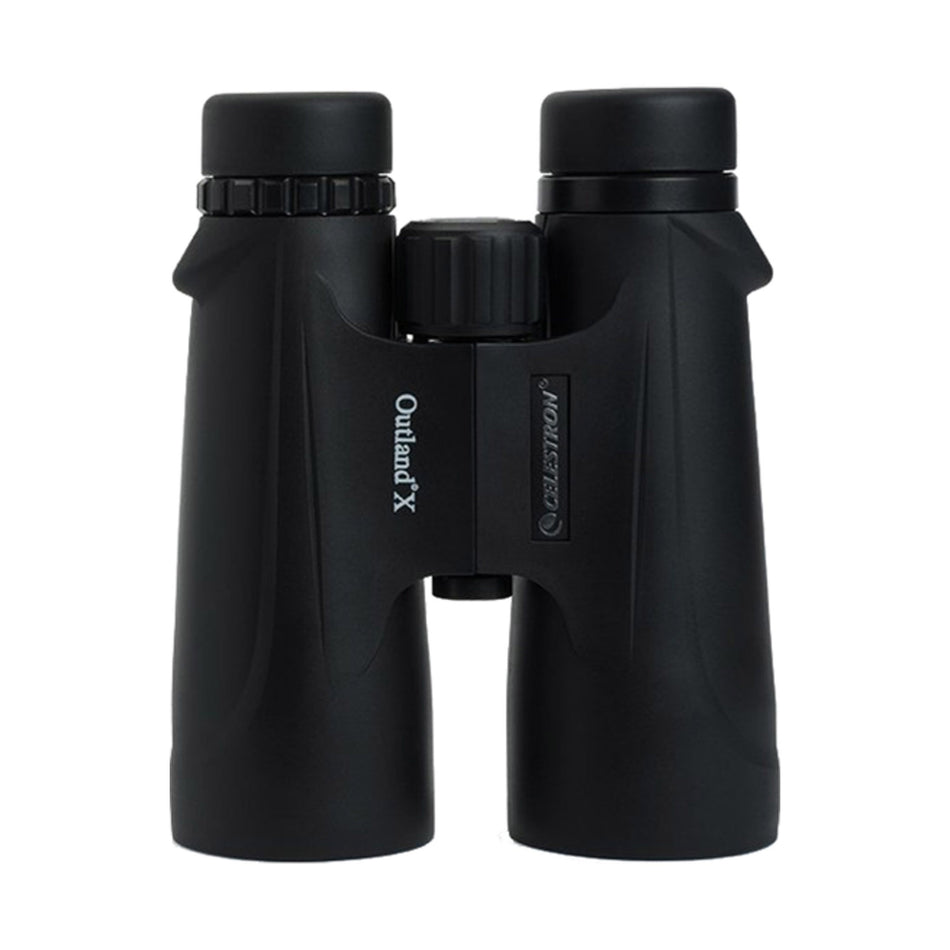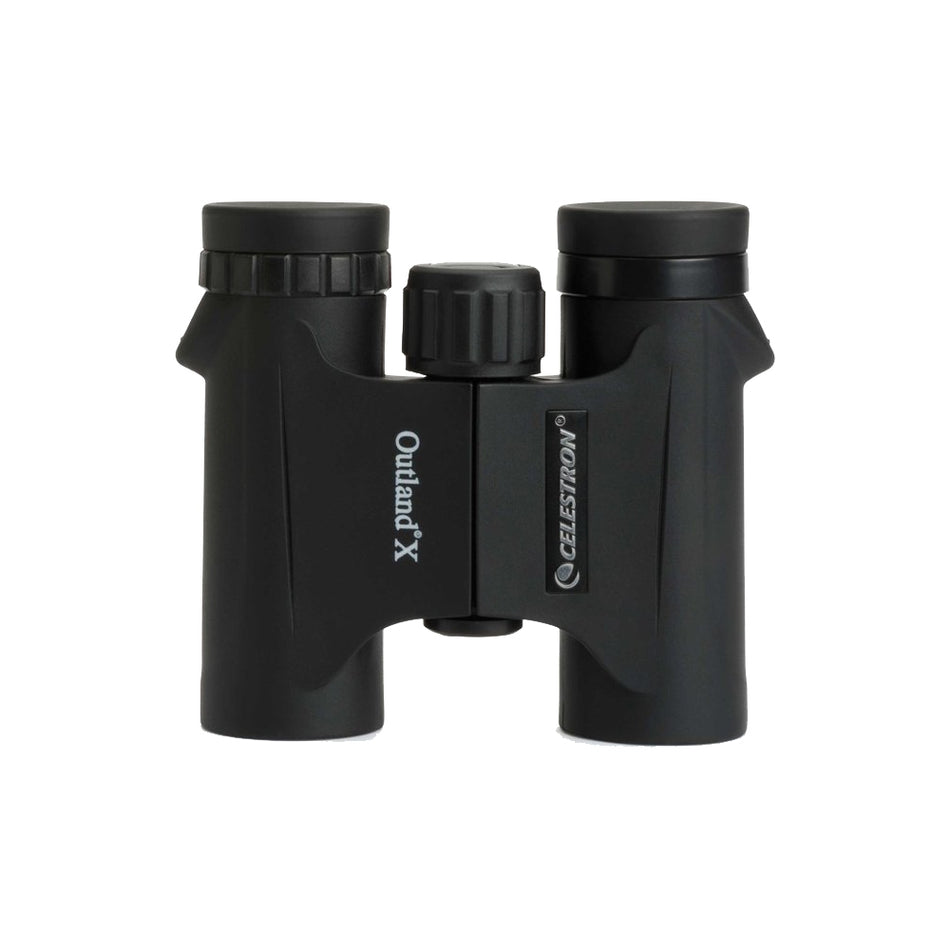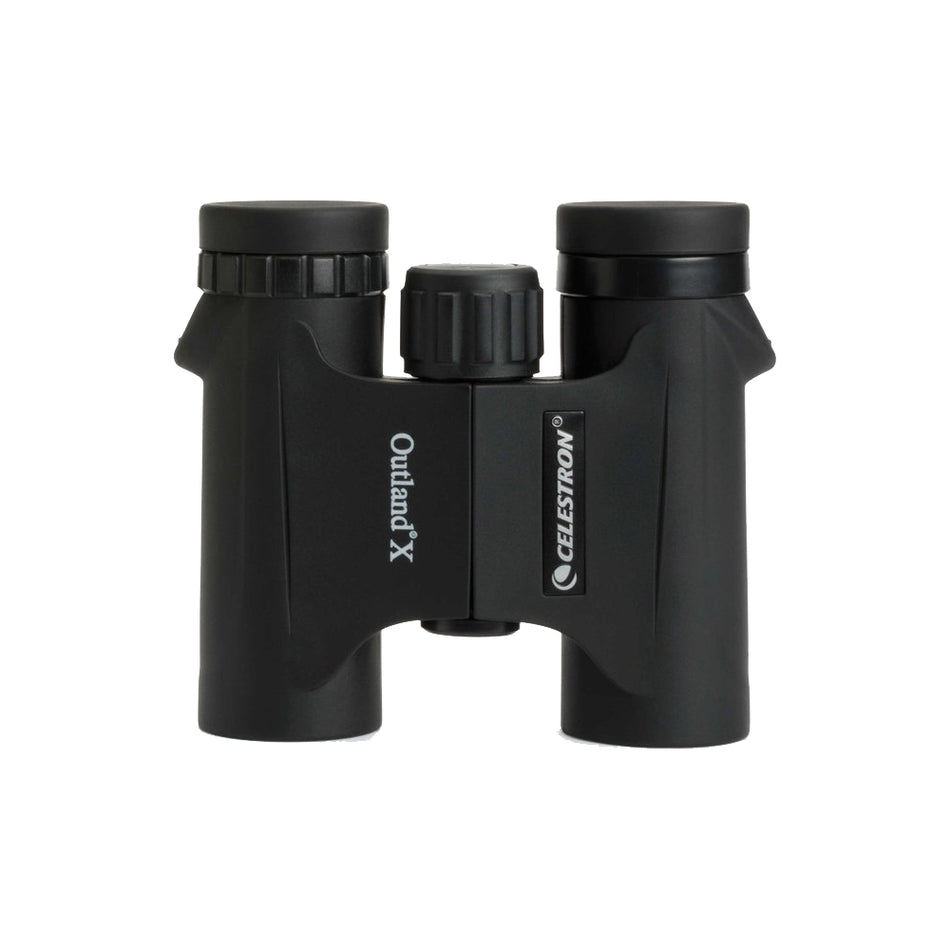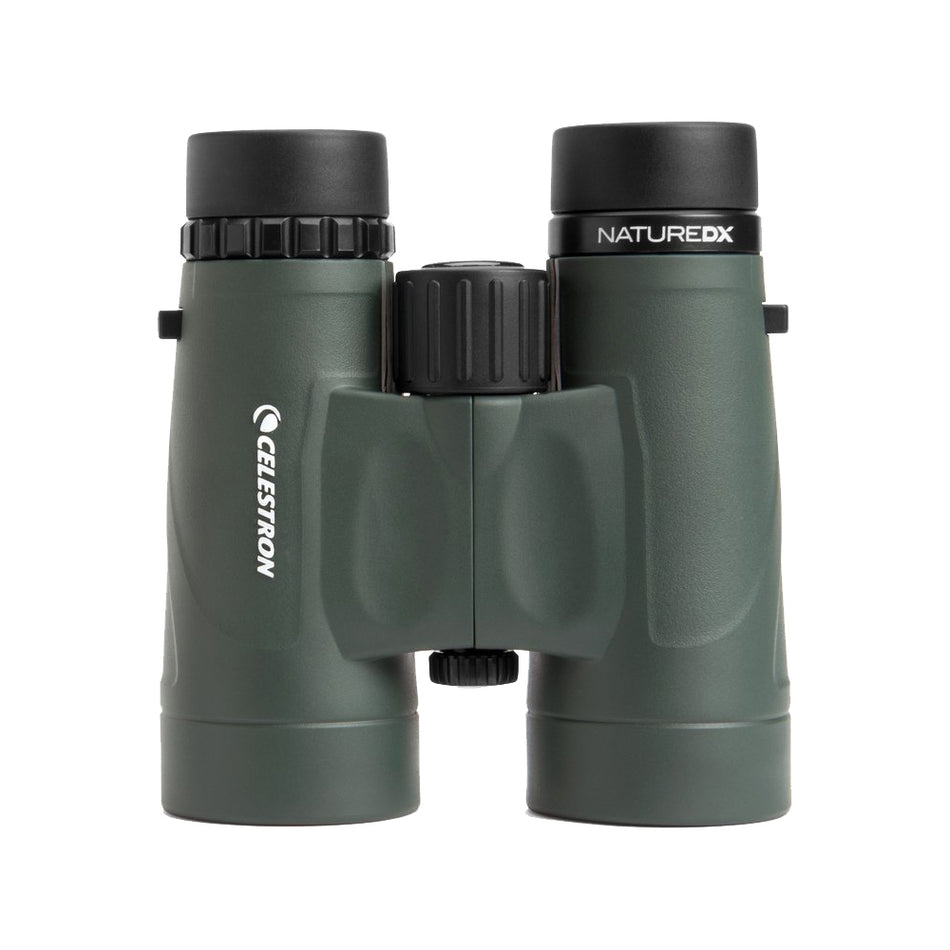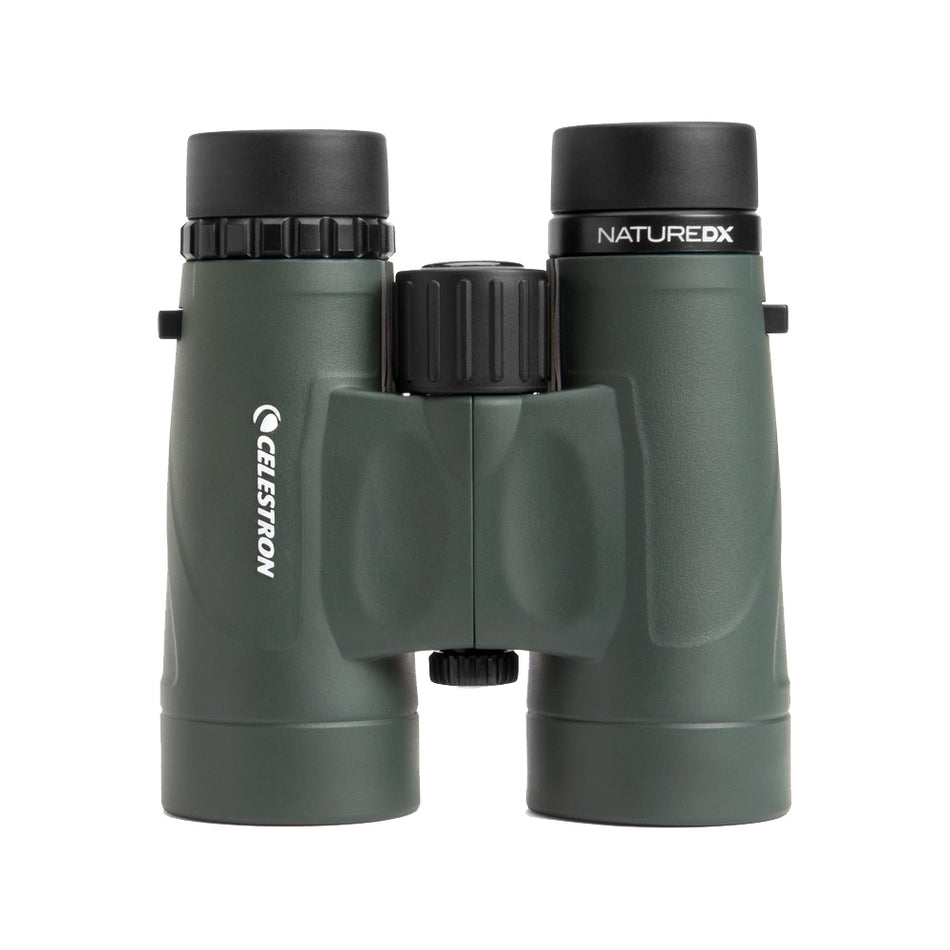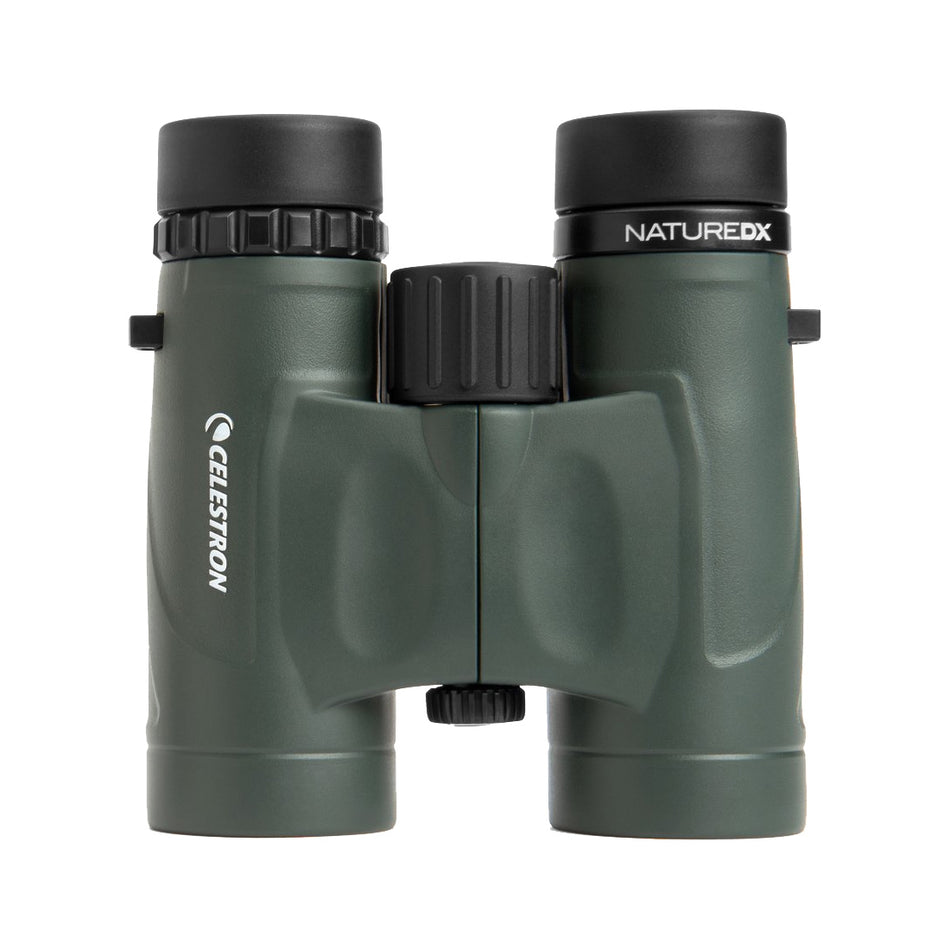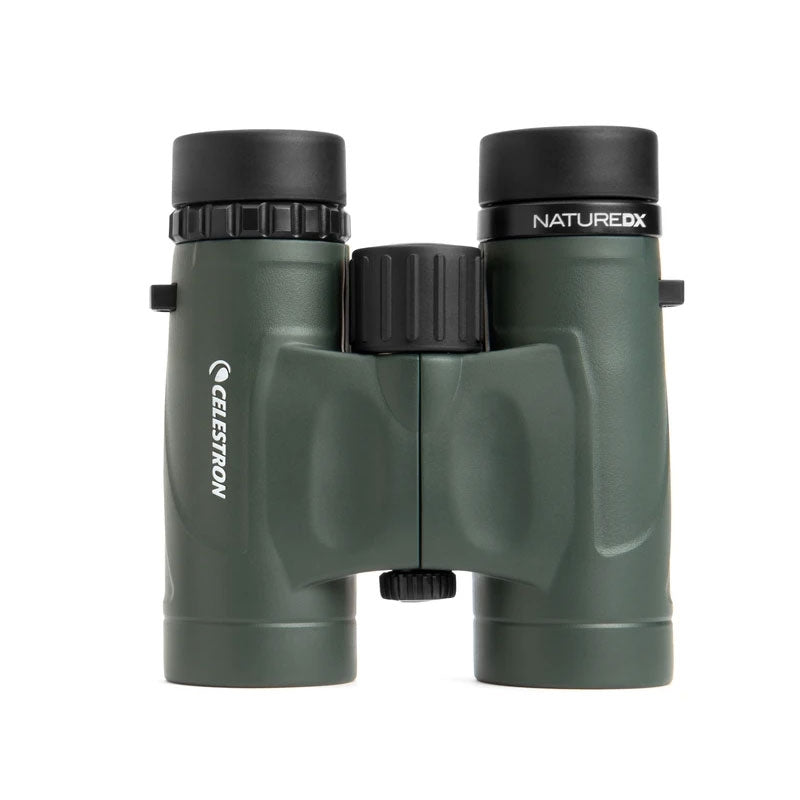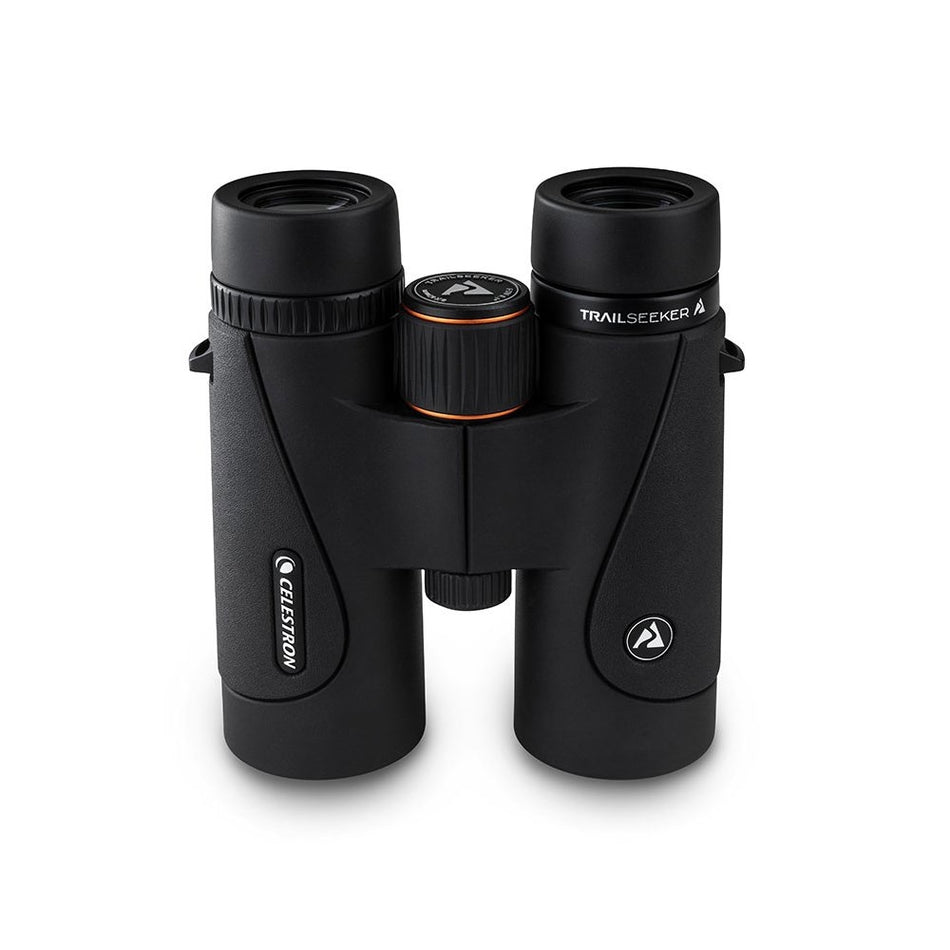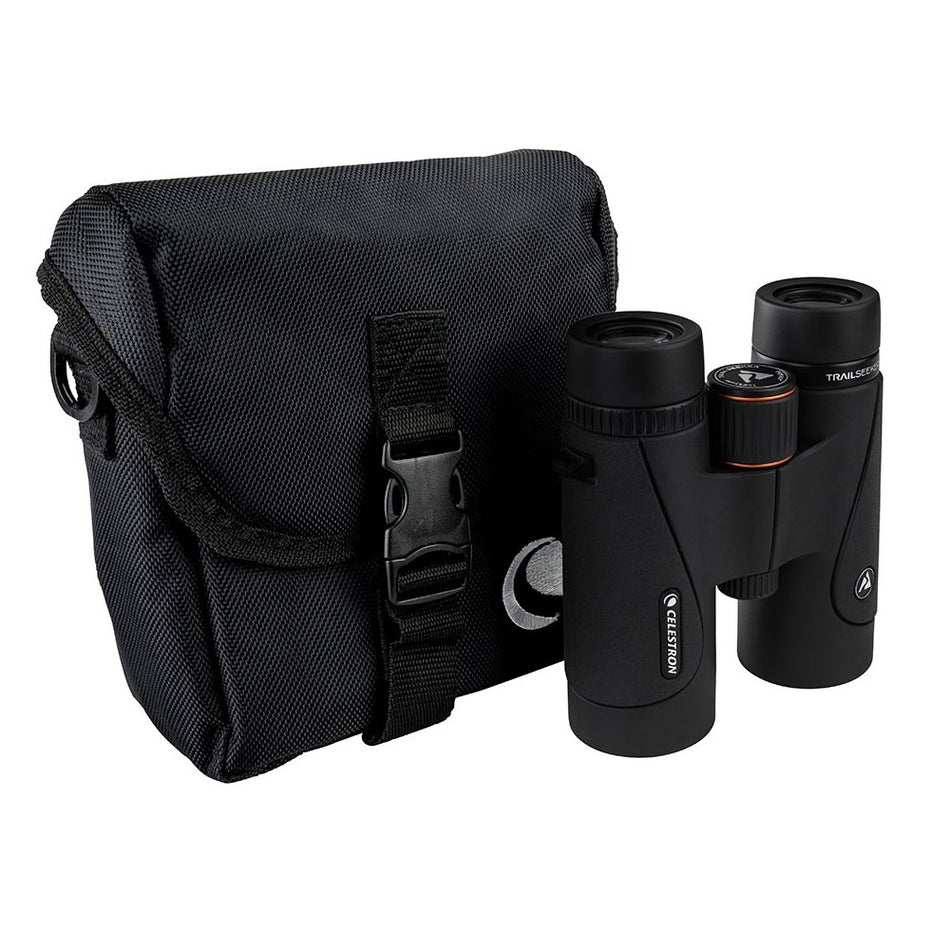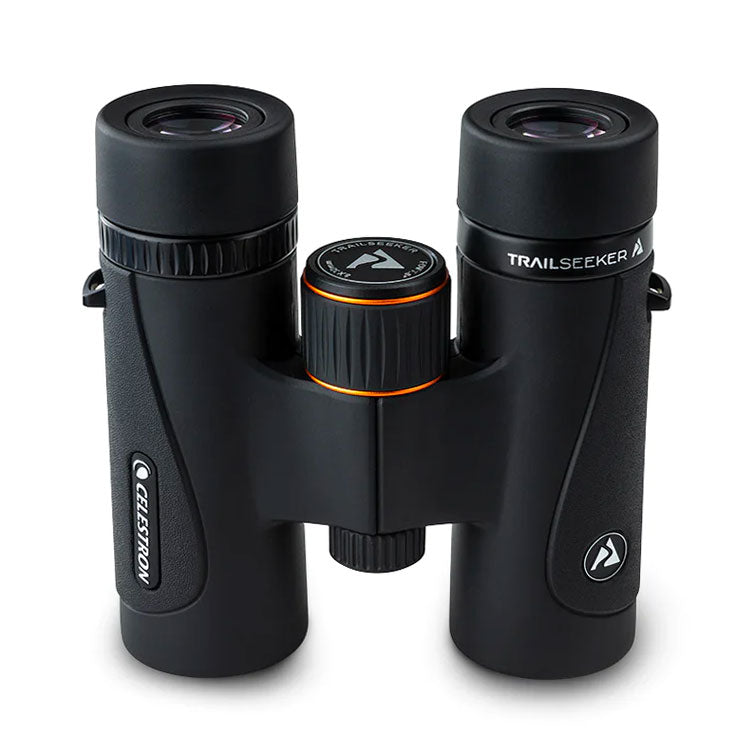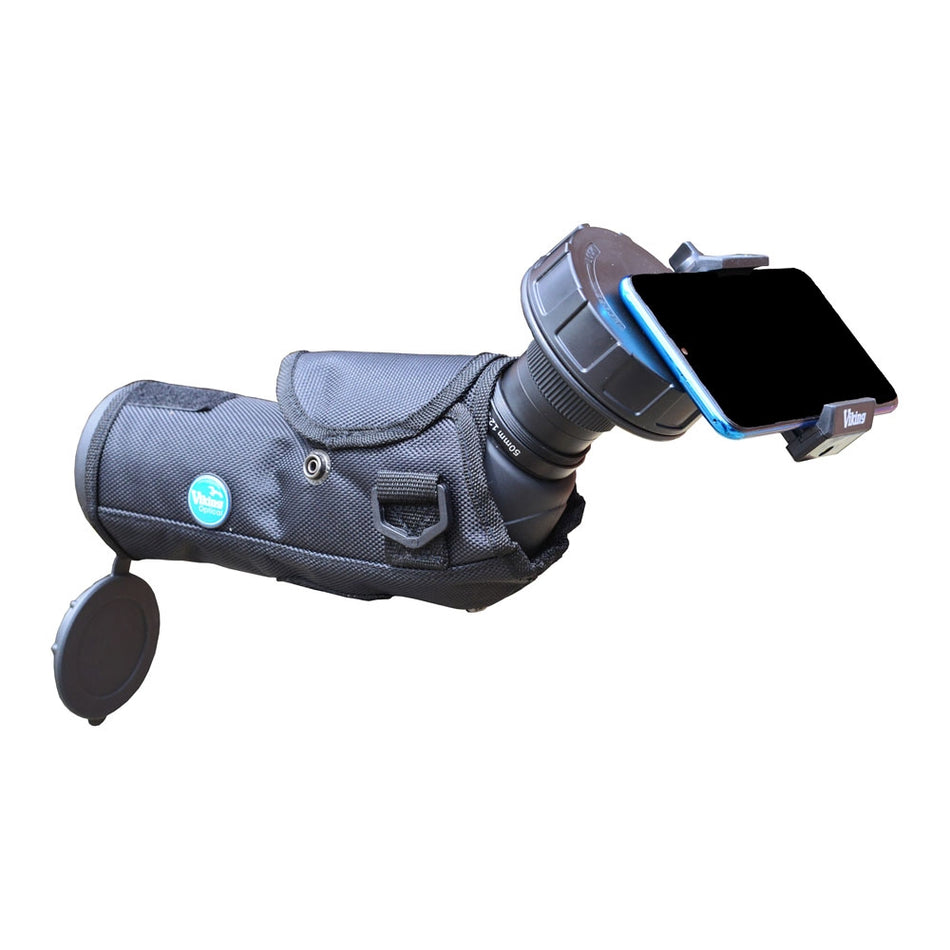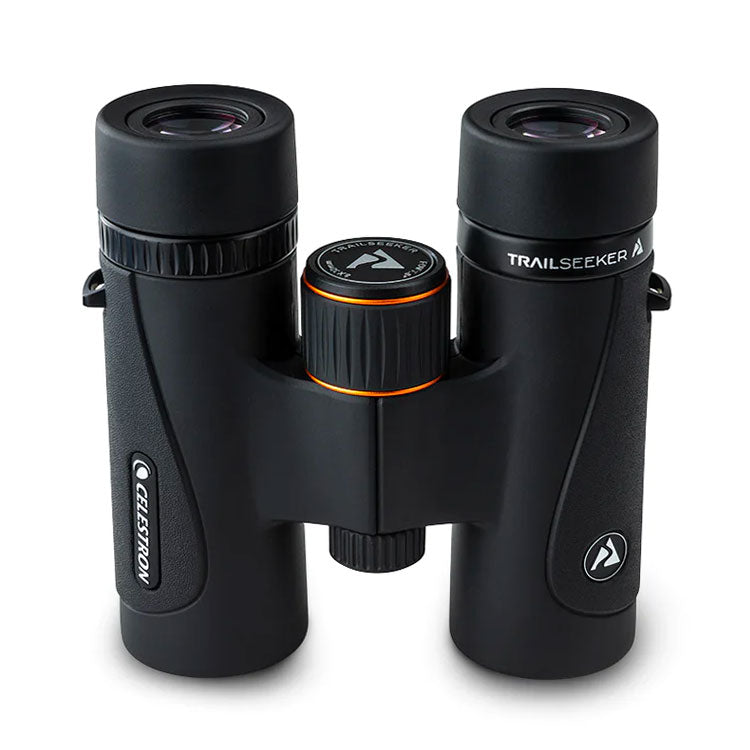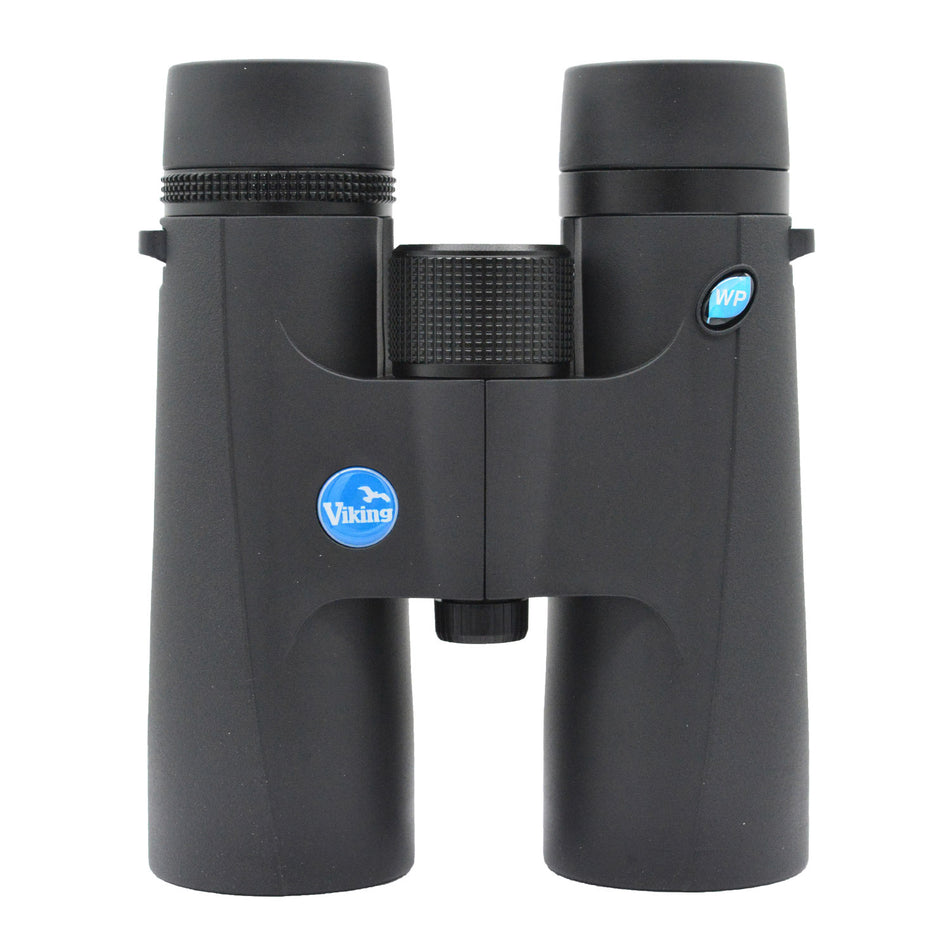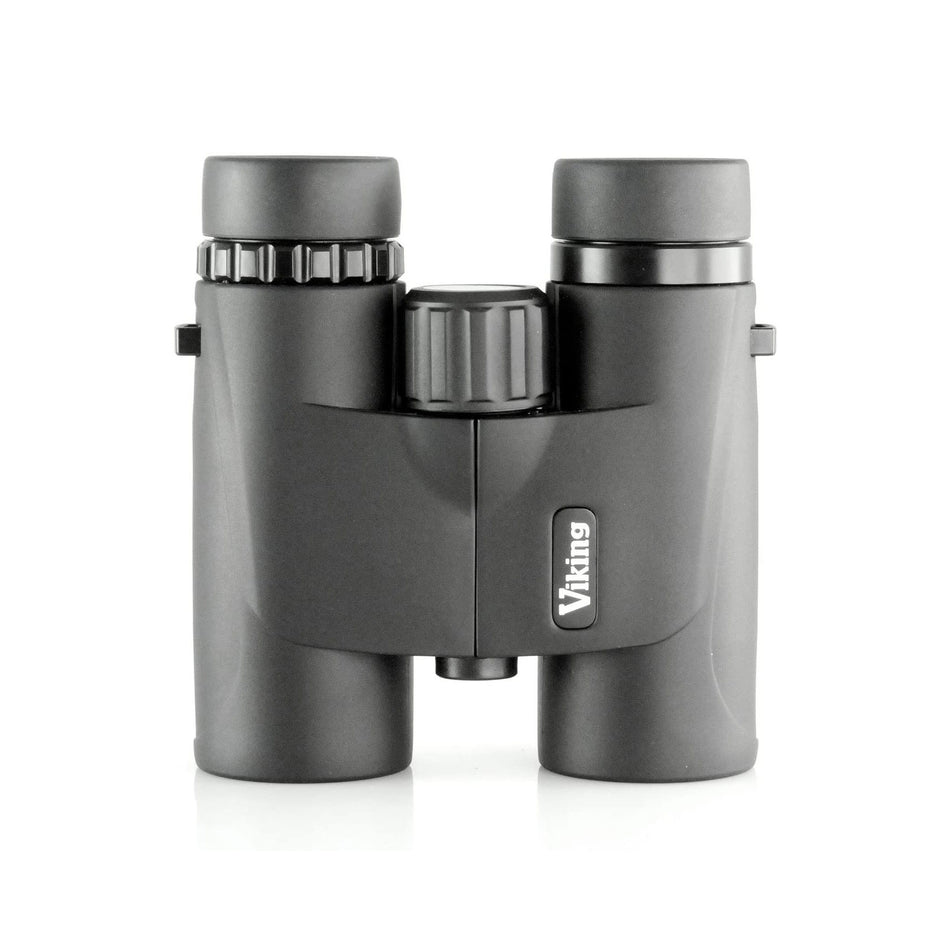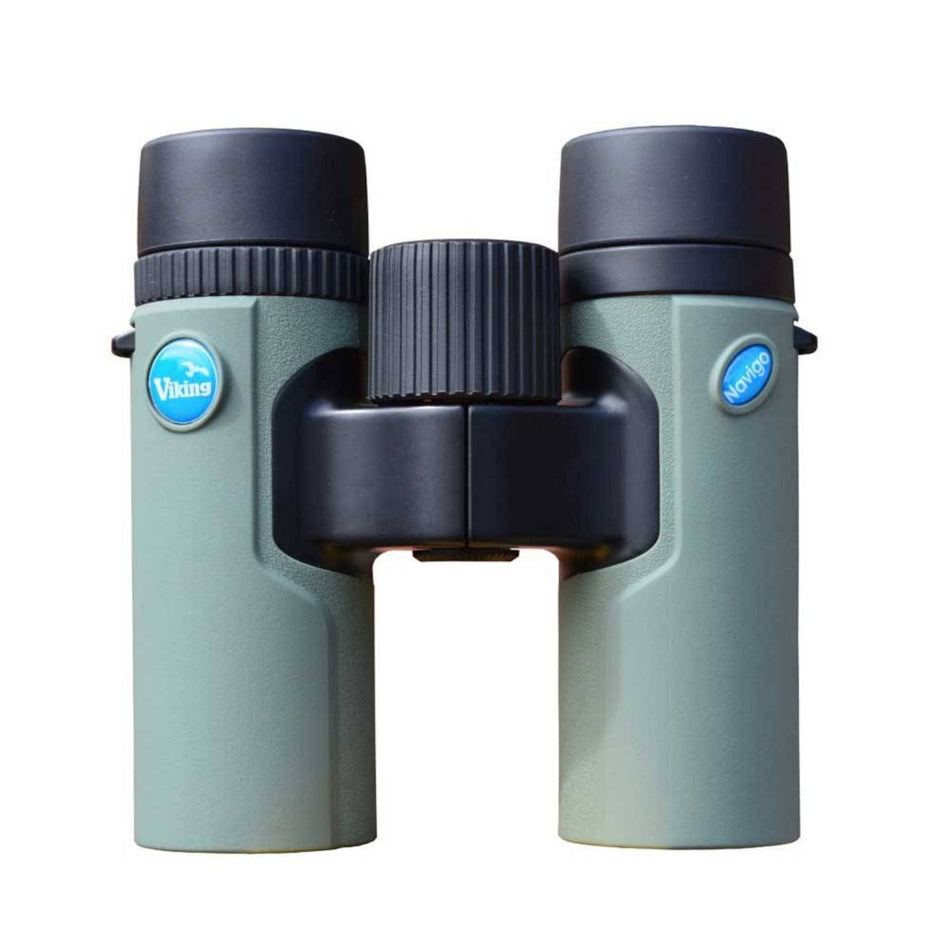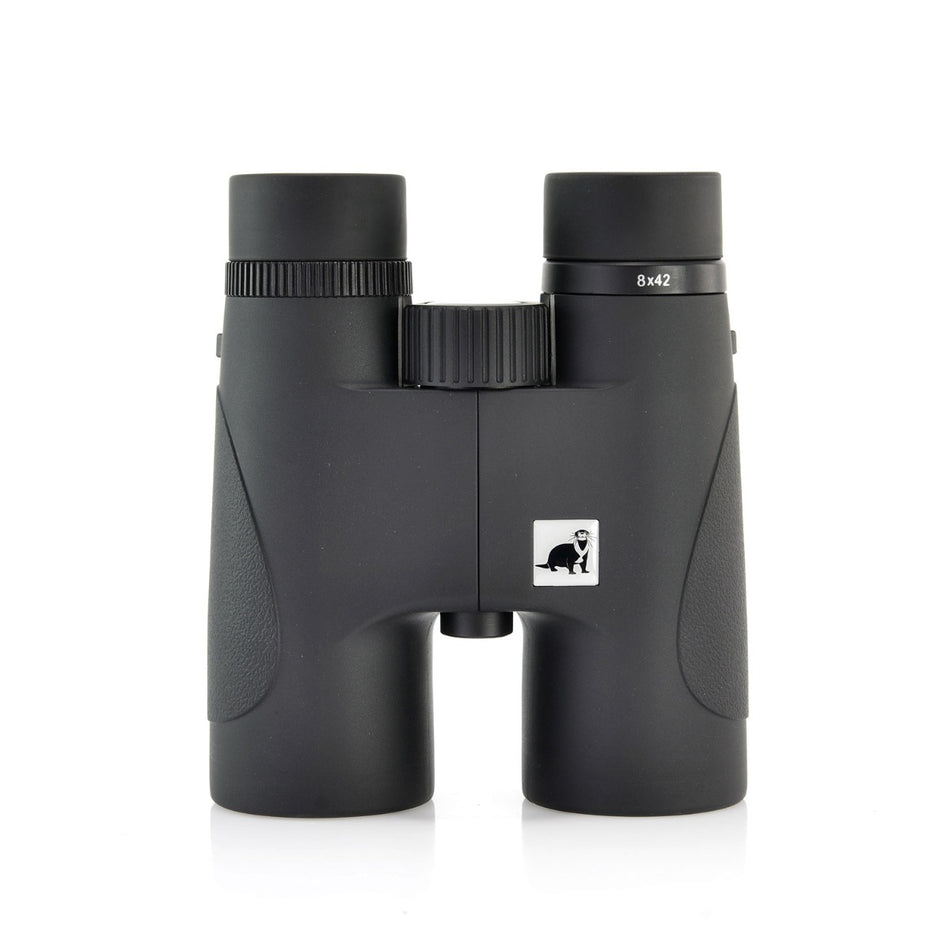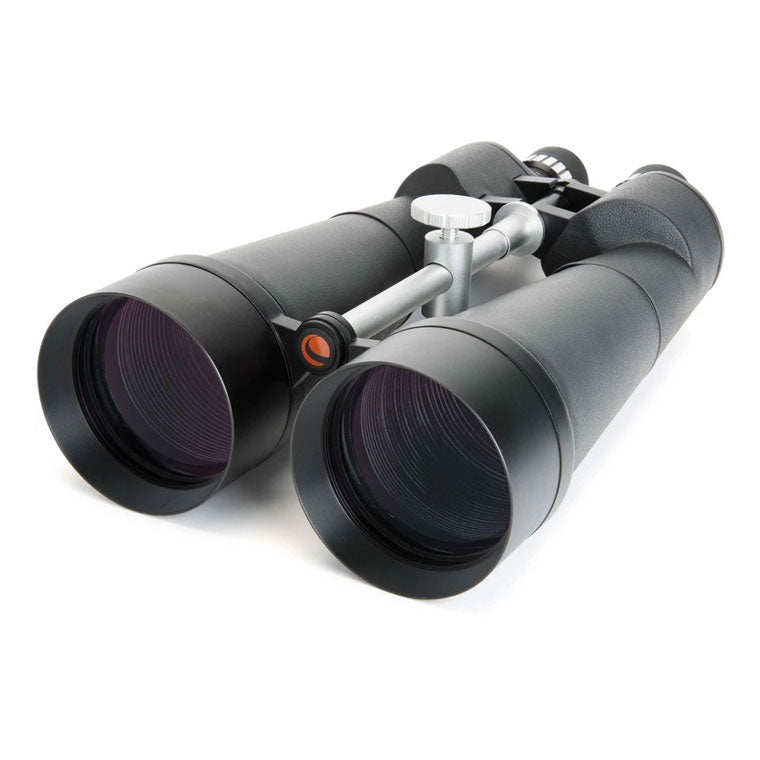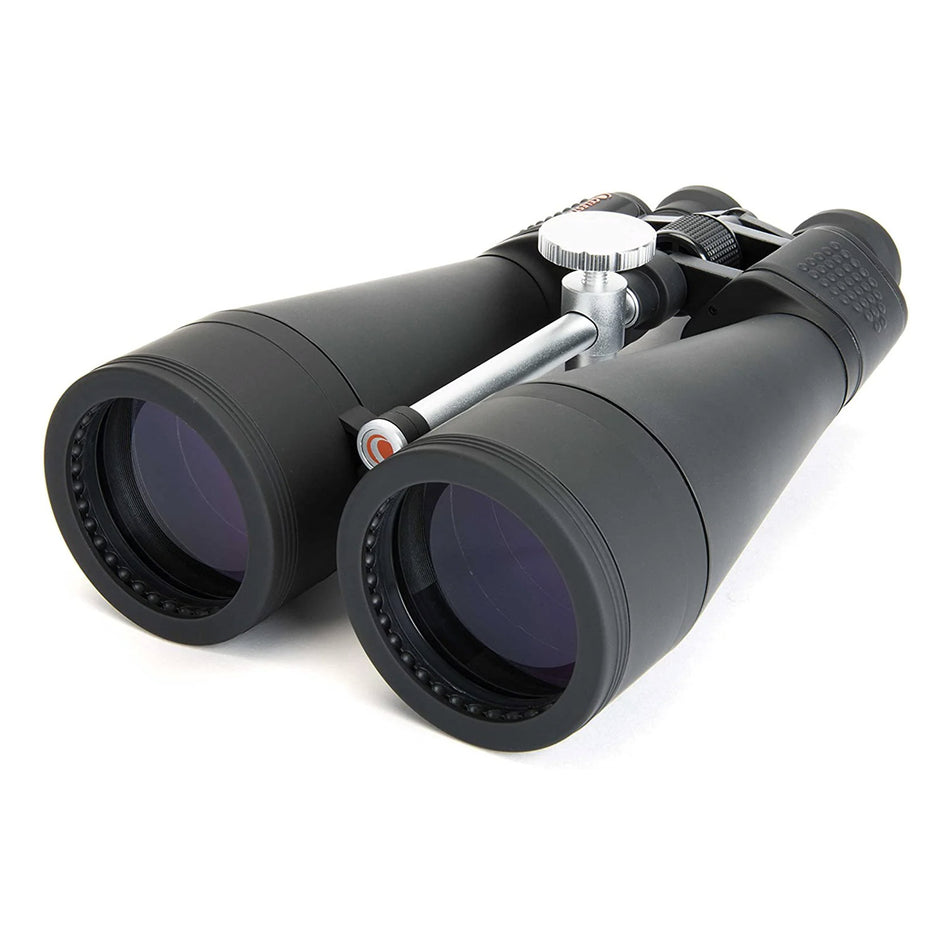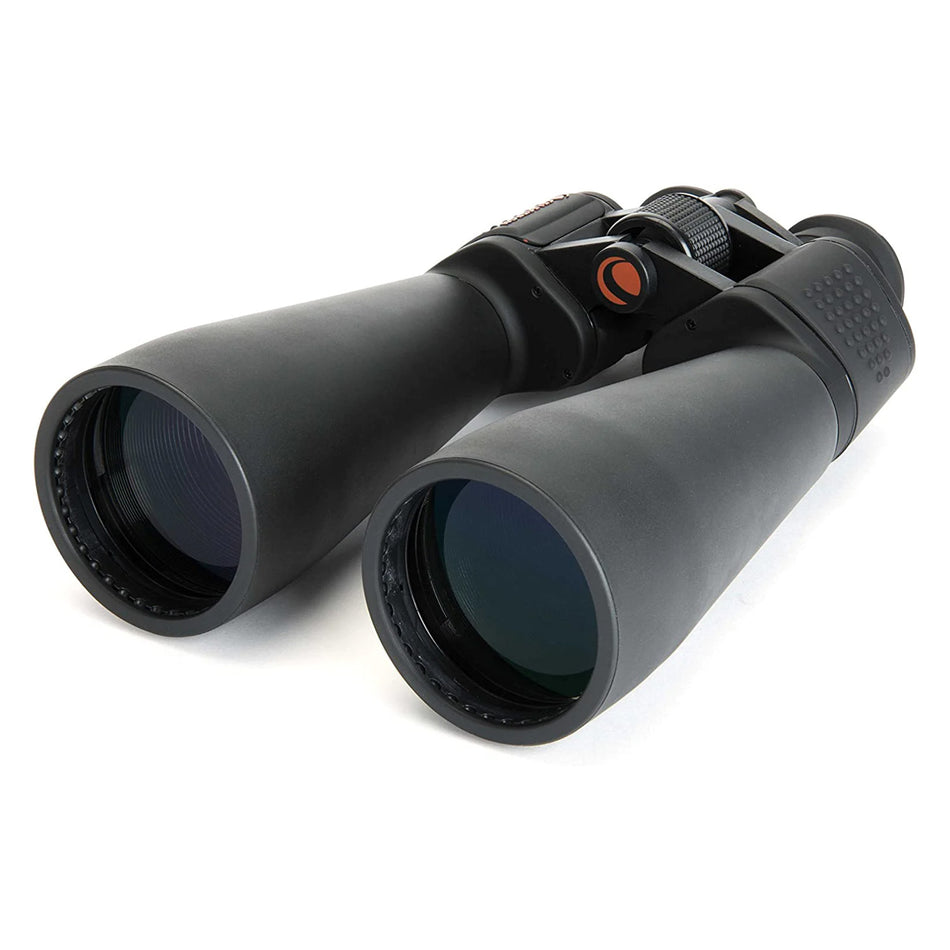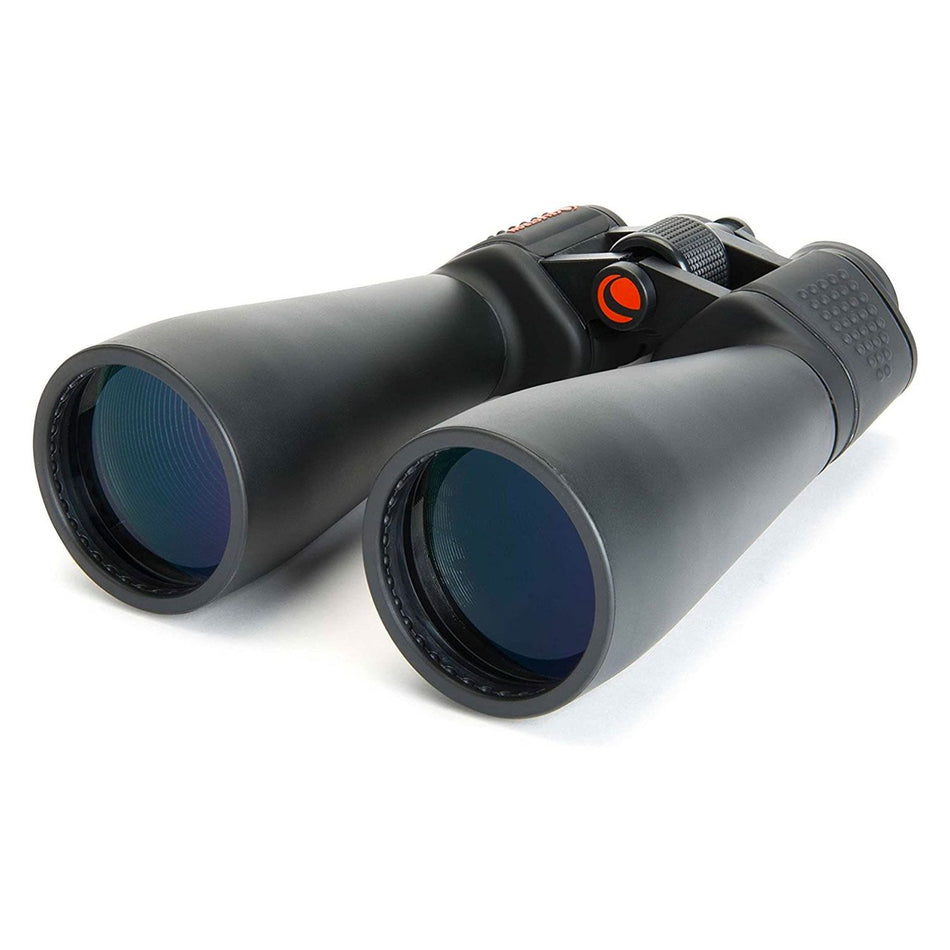258 Products
Binoculars
Binoculars: Everything you need to know
Binoculars can be used for a wide range of uses from birding, birdwatching, safari and wildlife watching to stargazing and sports observation. We stock a wide range of binoculars from those ideal for birdwatching to budget compact binoculars ideal for travel and hiking to astronomy binoculars for watching the night sky and starter binoculars for kids.
Due to their portability, binoculars are ideal if you’re travelling outdoors and looking to get a better view of what’s around you, attending a large sporting event or going birdwatching.
How to choose the right pair of binoculars?
You’ll notice when browsing for a pair of binoculars that there are two numbers at the end of the model name e.g. 8x42 or 10x25. The first number represents the magnification and the second is the diameter of the
objective lens in mm. The first number divided into the second gives the light gathering power. Thus, all things being equal, a pair of 8x32 will be as bright as a pair of 10x40 but smaller and less powerful.
8x42s (with a light factor just over 5) are the go-to choice for most birdwatchers as they strike a good balance between field of view, brightness, and magnification. However, the quality of roof prism compact binoculars in 10x25s or 8x25 has improved a lot over the past couple of decades and a lot of people prefer the convenience of a much smaller & lighter optic. We’ve tested a number of decent compacts that have fared impressively well in low light conditions. And although less popular the halfway house between compacts and full-size would be 8x32s.
RSPB Binoculars are a great choice for beginners and children though they have some impressive options for more serious birders too.
If you’re struggling to know where to get started then you’re best calling us for some advice from one of our experts who can discuss the pros and cons of various models based on price, weight, magnification, brightness and quality to find the perfect pair that suit your intended use.
We are always here to help but if you’re too shy to pick up the phone you can also head over to one of our buying guides, email us, or chat to us.
Some important factors to consider when looking for binoculars:
Even after you’ve got your head around the numbers (magnification x objective lens size in mm) it can still be daunting and confusing. We’ve outlined some of the most important factors to consider when you’re looking for your first (or new) pair of binoculars.
Price range
There is such a wide range of binoculars that can vary wildly on price. So what’s the difference between the most expensive 8x42 binoculars and a budget pair? Ultimately, it comes down to the quality of the optics used. More expensive binoculars are equipped with higher-quality glass elements (often ED, which stands for extra-low dispersion) and benefit from superior coatings, which aid the transmission of light for better clarity and less chromatic aberration. Chromatic aberration (sometimes referred to as colour fringing) can be more discernible on lower-quality and cheaper binoculars.
Magnification
The magnification (or strength) that is best for you will really depend on what you plan to use them for. For handheld use anything from 7x to 10x magnification should be fine though the more powerful the magnification the more limited your field of view can be, which can make them more sensitive to hand shaking.
The brightness of the image can be calculated by dividing the objective lens size by the magnification, however, the higher the magnification and lens size the heavier your binoculars will be. A pair of 10x50 binoculars will be significantly larger and heavier than a pair of 8x25s. So if you’d like to take them on long walks then your neck may thank you for opting for something smaller. However, if you plan to just sit by your window and do some birdwatching in the garden or gaze at the clear night sky then the biggest pair possible on a tripod would be ideal.
Size and weight
Certainly one of the most important considerations when decided on a pair of binoculars is size & weight. If you’re planning a backpacking expedition, then every ounce counts and you’ll want to keep your pack weight down with a decent pair of compacts. Whereas, if you’re headed to your nearest nature reserve or hide for a spot of wildlife or bird watching then a decent pair of 8x42s are probably your best bet.
Whether your off to the opera or a sports event or nature watching most people use binoculars handheld so the key thing is that they will need to be a weight you are comfortable holding to your eyes. Binoculars generally range between around 250-900g, so make sure you end up with something your comfortable with. If you need lightweight binoculars then a smaller 25mm or 32mm would be a better bet than a full size pair of bins.
Field Of View (FOV)
Field of view (FOV) is simply the angle of view that you see when you use the binoculars. You will often see FOV reported in two ways e.g. 7.5° or 131m at 1000m. These are exactly the same just measured in a different way. Personally I find it easier to use 131m at 1000m as this means looking at a something 1000m away then you will be able to see 131m across. However, to confuse matters even further some U.S manufacturers will give you this figure in yards (considerately we have converted all this on our site but if you’re browsing elsewhere or looking at a manufacturers site then you may come across this)
Waterproof
Most binoculars nowadays come with some form of waterproofing and should be fine to use in the rain. However, not all binoculars are built equally and budget models can be more susceptible to ingress and water damage. If you look for binoculars that are nitrogen filled these offer much better protection as they are fully waterproof.
Build quality
The maxim is that you get what you pair. That’s not to say that you can’t get a decent pair of budget binoculars but build quality can vary greatly especially if you head off our site and onto the murky Amazon marketplace. Opt for trusted brands and double check the warranty offered by the manufacturers – some entry-level binoculars will only come with a 1-year guarantee whilst other manufacturers offer a 5, 10 year (or even lifetime guarantee inclusive of their cheapest models).
A lot of the more expensive binoculars will have a metal internal construction making them as light (or lighter) than cheaper polycarbonate models with the added benefit of being less susceptible to knocks and bumps. Most will also have rubber armouring, which in combination with the metal construction means you binoculars should last for a long time.
FAQ:
What do the numbers mean on binoculars?
All binoculars will have two numbers e.g. 8x42 that denote two important specifications. The first number, 8x in the example provided, stands for the magnification, which means when you’re looking through the binoculars the image will appear 8x closer to you. The second number, 42 in the example, stands for the diameter of the objective lens. This is the larger lens at the bottom of the binocular (and furthest from your eyes). The bigger the objective lens the brighter the images will be with a wider field of view, but will also make for a bigger and heavier instrument.
What does Nitrogen-filled mean?
Binoculars that have been nitrogen-filled mean that they are completely waterproof and also protected by internal fogging. By filling binoculars with Nitrogen the internals of the equipment remain absolutely dry since there is a total absence of air and moisture content
inside the cavity.
How do you take care of your binoculars?
To help maintain the quality of your binoculars over time, our best advice would be to clean your binoculars as sparingly as possible. This will help prevent any unnecessary damage to the lens or coating from simply using the wrong cloth material or harsh chemicals. We would highly recommend using the RSPB Optics Cleaning Kit for the best results. It is completely safe and includes; a microfibre cloth, grease and oil-dissolving cleaning solution, a lens brush and a dust blower.
How do I set up my binoculars?
The main focus wheel adjusts both the left and right side of the binoculars at the same time. However, your two eyes may not focus at exactly the same distance, which could leave one eye slightly out of focus. This is why binoculars come with a diopter adjustment, which lets you change the focus of just the right side. You should only need to do this once unless you’re planning to share.
To adjust the diopter hold the binoculars up to both eyes and adjust the focus wheel until the image is clear. Close your right eye or put the lens cap on the right side and pick a well defined object to focus on with just your left eye. Now close your left eye and adjust the diopter on the right eyepiece to produce the sharpest image. Then go ahead and open both eyes and use the focus wheel once again to fine-tune the until it is perfect.
Can I get waterproof binoculars?
Yes, and with how unreliable and changeable our weather can be it is probably a good idea to choose something waterproof unless you’re planning to use your binoculars indoors. Fully waterproof binoculars are nitrogen-filled and sealed to prevents any dust, water or other particles from getting inside and damaging the unit. Nitrogen-filled binoculars also preclude internal fogging.
Are compact binoculars any good?
Compact binoculars are excellent and ideal for travel or if you find full-size binoculars too big and unwieldy. 8x25s or 10x25s are out most popular compact binoculars. They can lack the brightness you get with full-size binoculars, however, the quality has improved drastically and we’ve had success in low light dusk conditions with the Viking Kestrel ED 8x25s and Hawke Endurance ED 8x25s. And there’s something to be said for the convenience of carrying a compact pair if you’re out hiking.
Are monoculars any good?
Monoculars can be another great way to cut down on size and weight without compromising on optical quality. Available in a range of sizes from compact 8x25 monoculars to full-size 10x42s. Quick and convenient and reminiscent of seafaring adventures, Monoculars can be a solid choice.
What binoculars are best for bird watching?
If you’re looking to buy binoculars specifically for birdwatching, then we’d recommend a pair of 8x42 binoculars. These afford a generous field of view, which makes it easier to spot and track a fast-moving bird or animal. They are also easy for most people to hold steady. If you need more advice or want a round-up of our top choice head over to our Top 10 Binoculars for Birdwatching.
What binoculars are best for stargazing/astronomy?
The bigger the better as you’ll be using them in low light so will need a larger objective lens to allow in as much light as possible. Stars appear very small to the naked eye, so you might want to consider a pair with as high a magnification as possible (though bear in mind these will not be able to be used handheld). The night sky is also not very bright so you will need good light gathering which demands large objective
lens.
The Celestron Skymaster range offer excellent quality and good value. They come with a tripod adaptor in the box as well as a carry case so you can comfortably take them to the seaside next time you go.
However, pointing a decent pair of 8x42 or 10x42 binoculars at a clear night sky can be an enjoyable experience and will allow you to see a lot more than the naked eye.
What binoculars would you recommend for my budget?
While it is probably true to say that you generally get what you pay for, there are now an increasing number of binocular manufactures making great products to suit all budgets. Here are some to look
at for each price range.
Under £100
Compact: We loved the Hawke Nature-Trek Compact Binoculars when we tested them. Excellent value at under £100 and just fantastic quality
Full Size: The RSPB Puffins are a great entry-level pair of binoculars for bird watching. Good quality for the price.
Under £200
Compact: At this price bracket you start to see some really impressive optics such as ED glass. Either the Viking Kestrel ED 8x25s or Hawke Endurance ED 8x25s would be a great choice.
Full Size: Our Best Buy under £200 would have to be Viking Vistron 8x42 Binoculars with ED glass. Seriously impressive performance and incredible value for money.
Under £500
Compact: We were blown away by the RSPB HD 10x25 Compact Binoculars. They may be expensive at £275 but outperformed compact binoculars twice the price in our field tests.
Full Size: We are really impressed with the edge-to-edge clarity of the ED glass in these Viking Binoculars
so they definitely get our recommendation.



